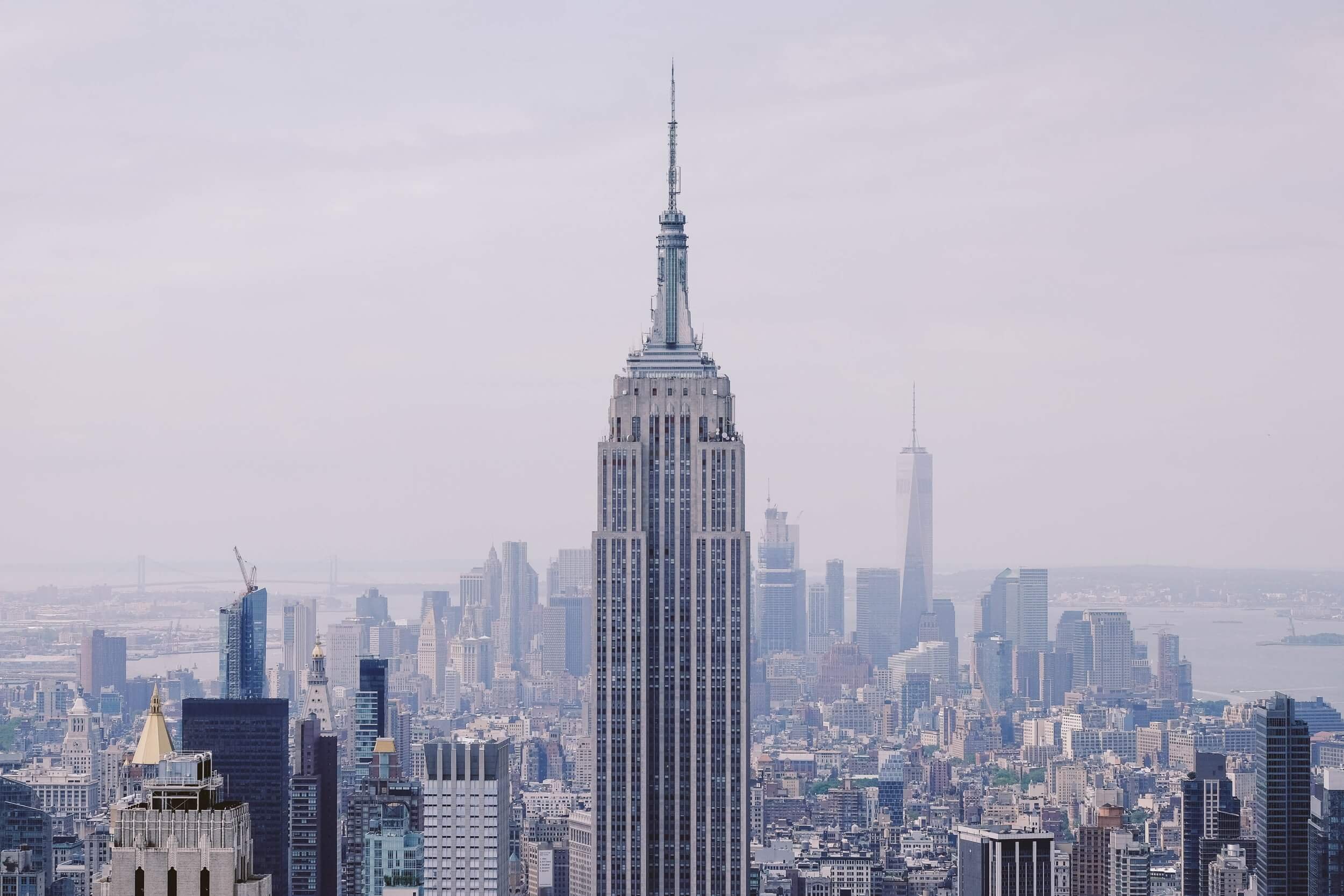According to the August 2019 Visa Bulletin, several employment-based (EB) categories will retrogress in the coming month. Retrogression occurs when the demand for EB, immigrant visas (green cards) exceeds the allotment supply managed by the U.S. Department of State (DOS).
Temporary retrogression will affect the EB1, EB2, and EB3 Worldwide categories (listed in each visa bulletin as “All Chargeability Areas Except Those Listed”) through the end of the 2019 fiscal year, ending September 30, 2019. These categories are now considered to be ‘oversubscribed’ and a visa availability, priority cut-off date has been established for the month of August.
The priority cut-off date is the date of the first documentarily qualified applicant who could not be accommodated for a visa number. Only those foreign nationals with a priority date earlier than the listed cut-off/final action date are entitled to allotment of a visa number.
August 2019 Visa Bulletin Summary | Final Action Date & Retrogression Analysis
Employment-Based, First Preference (EB1) Category
EB-1 Worldwide will retrogress by almost 2 years to July 1, 2016.
EB-1 India remains oversubscribed and will stay at January 1, 2015, after retrogressing by more than two years in recent months.
EB-1 China will retrogress by more than 10 months to July 1, 2016.
Employment-Based, Second Preference (EB2) Category
EB-2 Worldwide will retrogress and have a priority cutoff date of Jan. 1, 2017. This category was previously current.
EB-2 India will advance a few days to May 2, 2009.
EB-2 China moves forward two months to January 1, 2017.
Employment-Based, Third Preference (EB3) Category
EB-3 Worldwide will retrogress and have a priority cut-off date of July 1, 2016. This category was previously current.
EB-3 India retrogresses to January 1, 2006
EB-3 China will advance to July 1, 2016.
Section D of the August 2019 Visa Bulletin provides the following on the Establishment and Retrogression of August Employment-Based Final Action Dates:
“There has been a steadily increasing level of Employment applicant demand since late May for adjustment of status cases filed with U.S. Citizenship and Immigration Services, and there is no indication that this increase will end. Therefore, it has been necessary to establish or retrogress many of the August Final Action Dates in an effort to hold worldwide number use within the maximum allowed under the respective FY-2019 annual limits.
The implementation of the above-mentioned dates is expected to be only a temporary issue. For October, the first month of fiscal year 2020, every effort will be made to return these final action dates to those which applied for July.”
Family-Based (F2A), Final Action Date Current
The F2A category, reserved for Spouses and Unmarried Children (under 21) of Permanent Residents, remains current for foreign nationals in the Worldwide category.
For more information, please contact shaune@fraserpllc.com
The information provided herein is for information purposes only. It is not intended as legal advice for any particular situation nor presumed as indefinitely up to date.
Copyright © 2019, FRASER IMMIGRATION LAW, PLLC. All Rights Reserved.























